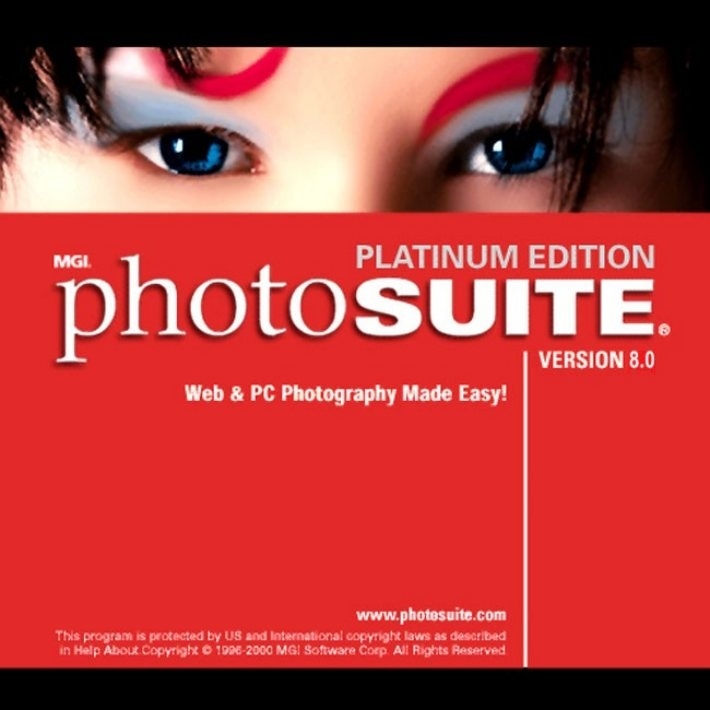


The horizontal default value is always 360-degrees, but you can enter a lower value. Specify horizontal and vertical fields of view in the fields provided if you want values other than the default. The photos are arranged vertically starting at the top: North, East, South, West, Up, and Down. Covers 360-degrees horizontally and 180-degrees vertically.Ĭube - works best with images created in 3-D rendering programs that combine the required six photos that make up the cube. This lets the viewer look up to the ceiling, for example. Sphere - works best for a stitched photo whose composite photos were taken with the camera on its side to encompass a wide vertical area, and then panned horizontally for each shot (such as when photographing a room interior). Covers 360-degrees horizontally and not more than 170-degrees vertically. Your camera was likely right side up when you photographed a horizon, for example. From the drop-down list, select one of Cylinder, Sphere, or Cube.Ĭylinder - works best for stitched photos of wide panoramic shots.
#Mgi photosuite 3 faq how to#
The steps that follow describe how to create a new interactive panorama.ĭrag a photo from the Library to the Work area, or load a photo from any of the sources listed.Ĭlick the Create button. IVR).Ĭlick the Create New Panorama button to create a new panorama. Note that a file must be open in the Work area before you can access this function.Ĭlick the Create Web Items button on the Activity panel, then click the Interactive Panorama button.Ĭlick the Open button to open a previously saved panorama (file extension. The Navigation bar is located below the Menu bar. You can also obtain the information by opening photosuite clicking help F1 and click the search tab then typing in Panorama.Ĭlick the Share button on the Navigation bar. The BBS was started using RBBS software, a single phone line with 2400 baud modem and a shareware CD.Īdditional donations of CD-ROMs have come from Erik Pederson, Peter Simpson, Chuck Gilbert, Koos van den Hout, MCbx, Jason Scott, Tim Hazel, and others.Here are the instructions from Photosuite 4 Platinum. The system used a Harris 286 CPU operating at 20MHZ, two 65 Megabit Seagate RLL hard drives and a Dennon CD player that used a "cart" to hold the CD. Eventually, as operating systems like Linux and FreeBSD became more widely available, CDs were perfect distribution mechanisms for the very large libraries and file collections associated with them.Ī number of the initial CD images for this collection came courtesy of the CD BBS of Twin Falls, Idaho, operated by Mark Fugitt (sysop) and Mike Laybourn (remote sysop). Additionally, the advent of an internet open to the general public heralded massive collected sets of files which CD makers happily mirrored and made available to the BBS market. While many of the CDs contain shareware programs, a number branched into music, graphics, animations and movies. For this market, CD makers would declare their CDs "BBS Ready", meaning an easily-readable directory of file descriptions was located on the CDs to be read by the BBS software. Some computer bulletin board services would attach banks of CD-ROM drives to their machines to allow users to access the discs, allowing the system operators (SysOps) to claim the BBS had thousands of files available. As a result, many otherwise-lost pieces of computer history were gathered up in the trawling nets of these individuals and companies and were preserved for future generations. As material "ran out", that is, as sellers of these CDs found they were unable to easily find shareware programs and files, the hunt began to track down every last file and item that could make the quarterly or monthly quota.

#Mgi photosuite 3 faq full#
Initially containing less than the full capacity of the discs (600mb, later 700mb) these items eventually began brimming with any sort of computer data that could be packaged and sold. One of the most historically important artifacts to come from the home computer telecommunications revolution was shareware CDs, compact discs put out by companies containing hundreds of megabytes of shareware.


 0 kommentar(er)
0 kommentar(er)
